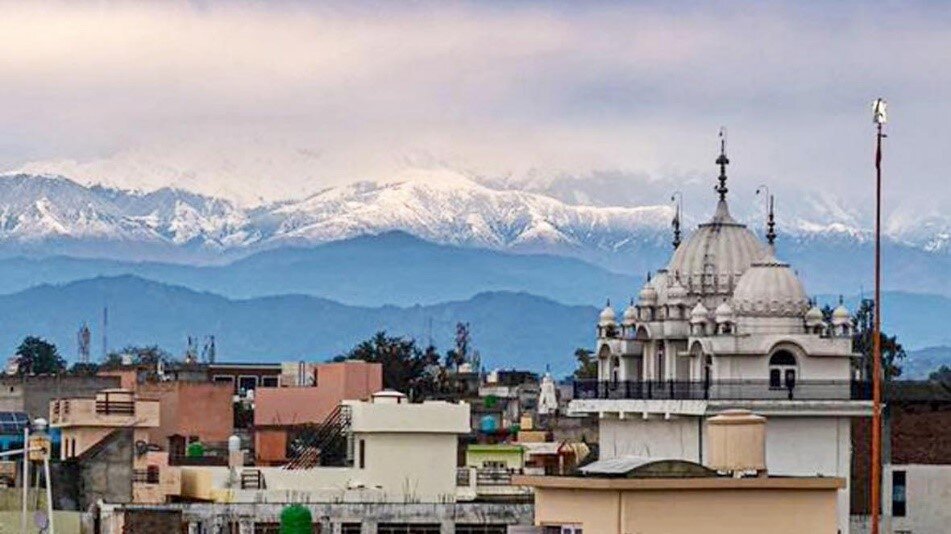While there is no denying the devastation that the Covid-19 virus has brought to communities around the world, the circumstances surrounding our response to the virus have resulted in some positive effects on the environment. Photos have been shared across the internet showing Los Angeles with clean air. There are reports that citizens in India have a view of the Himalayas that they haven’t had in 30 years. These are clearly visible results of reduction in air pollution due to our changed behavior in response to the pandemic.
View from Pathankot, in the Punjab – 2020
Photo credit: @PARASRISHI
But what about changes that aren’t so visible? How do we know if changed behaviors are having a result on the health of our waterways? You have likely seen references to the canals of Venice running clear with fish sightings that were rare prior to the shelter in place orders. While it seemed to be reason to celebrate the return to a healthier natural state, that is only part of the story.
“…while it may look pretty, the Venice mayor's office told CNN that the change is not actually due to improved water quality. "The water now looks clearer because there is less traffic on the canals, allowing the sediment to stay at the bottom," a spokesman said. "It's because there is less boat traffic that usually brings sediment to the top of the water's surface."
Guy, Jack, and Valentina Di Donato. “Venice's Canal Water Looks Clearer as Coronavirus Keeps Visitors Away.” CNN, Cable News Network, 16 Mar. 2020
So, this is where issues of water quality get tricky. Certainly, reduced sediment is a good thing, but what about the water chemistry? How do we know what is really happening “under the surface” lest we get lulled into the false belief that if it looks good, it is good? To really know the quality of water we use and enjoy, we must employ tools that can give us data about the specific contents of our waterways. Along with these tools, we need people to be engaged in wanting to better understand conditions and to help gather that data to increase our knowledge.
What is clearly evident during this pandemic is the desire on the part of everyday citizens to be involved and make a positive impact. We have witnessed people of all ages and backgrounds sewing and sharing homemade face masks. Community members are posting their availability to pick up and deliver food to neighbors. Arts communities who have been hit hard by the shutdown of performance spaces are offering free classes and access to previous shows online. The list goes on…
For us at MobileH2O, we have seen an increase in interest about our WiseH2O™ mobile app from people wanting to get involved with monitoring water quality in their local communities. While we are sure that part of this is due to the time people have to consider their environment and what they can do to improve it, we also believe that this pause has allowed people time to reconsider what matters most to them. Certainly, the health and safety of family and community members must be at the top of the list, but beyond that, the visible signs of environmental health are contributing to the overall acknowledgement that we can make a difference by our own actions.
We are very encouraged by this renewed and expanded awareness about how our own behavior impacts the environment. We are also hopeful that this interest in the environment will carry forward after the crisis has lifted. We are happy to provide the tools and knowledge to help all of us understand the health of our waterways, now and for future generations.
Photo Credit: Carter Borden



